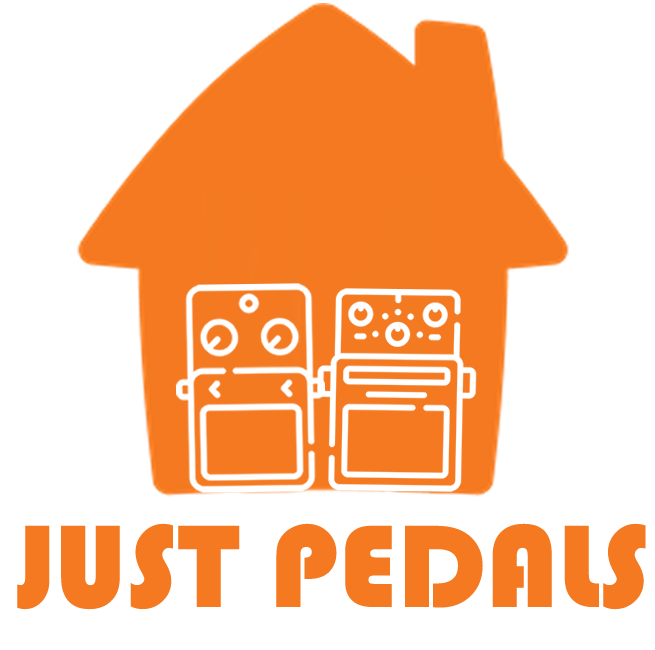Just – Guitar Effect Pedal Videos – Jeffrey Epstein Guitar Pedal
Just – Guitar Effect Pedal Vids – Jeffrey Epstein Guitar Pedal
JOYO Vintage Overdrive Pedal Classic Tone Pedal for Electric Guitar Effect – True Bypass (JF-01)
15% Off £27.99 £23.79
JOYO Vintage Overdrive guitar pedal with RC4558 chip is a representation of the classic TS808 tone. Producing warmer overtones at quieter volumes when used as a clean volume boost, and can achieve a harsher distortion as gain is increased. True Bypas… read more
Toyvian Guitar Phase Effect Pedal with Bypass Vintage for Electric Guitar Effects Indicator Lights for Easy Monitoring Versatile Use and Recording Sessions
£18.49
Recording and performance: suitable for both electric guitar performances and recordings, providing versatility,reverb effect pedal,bass guitar pedal Versatile use: ideal for both electric guitar performances and recording sessions, providing flexibi… read more



